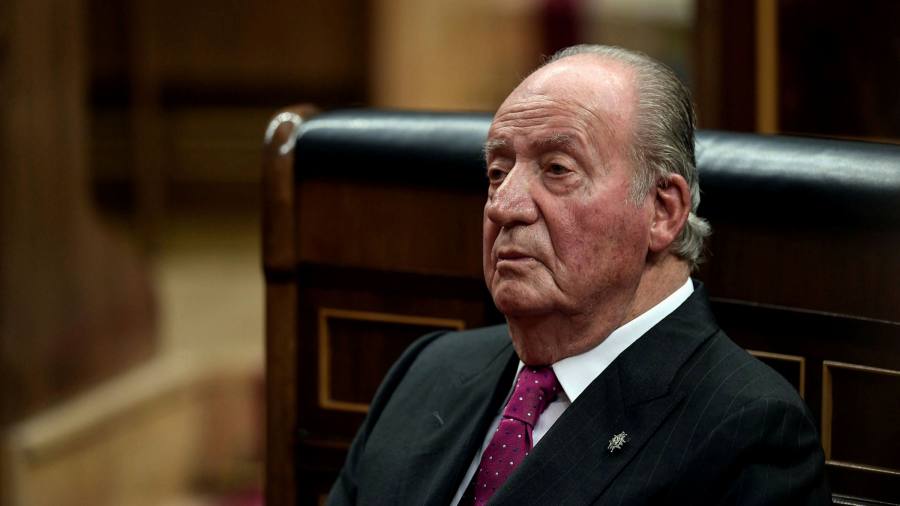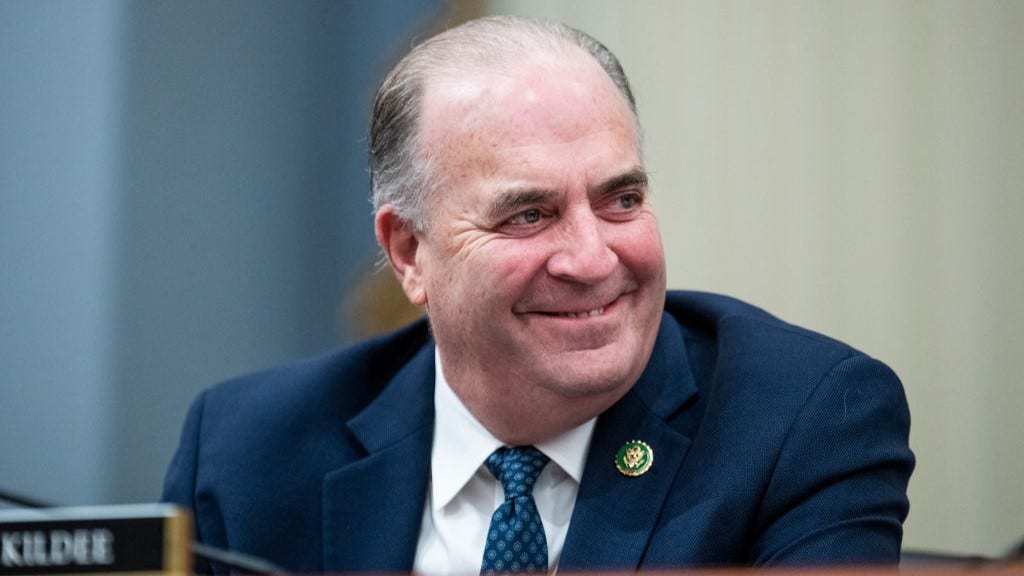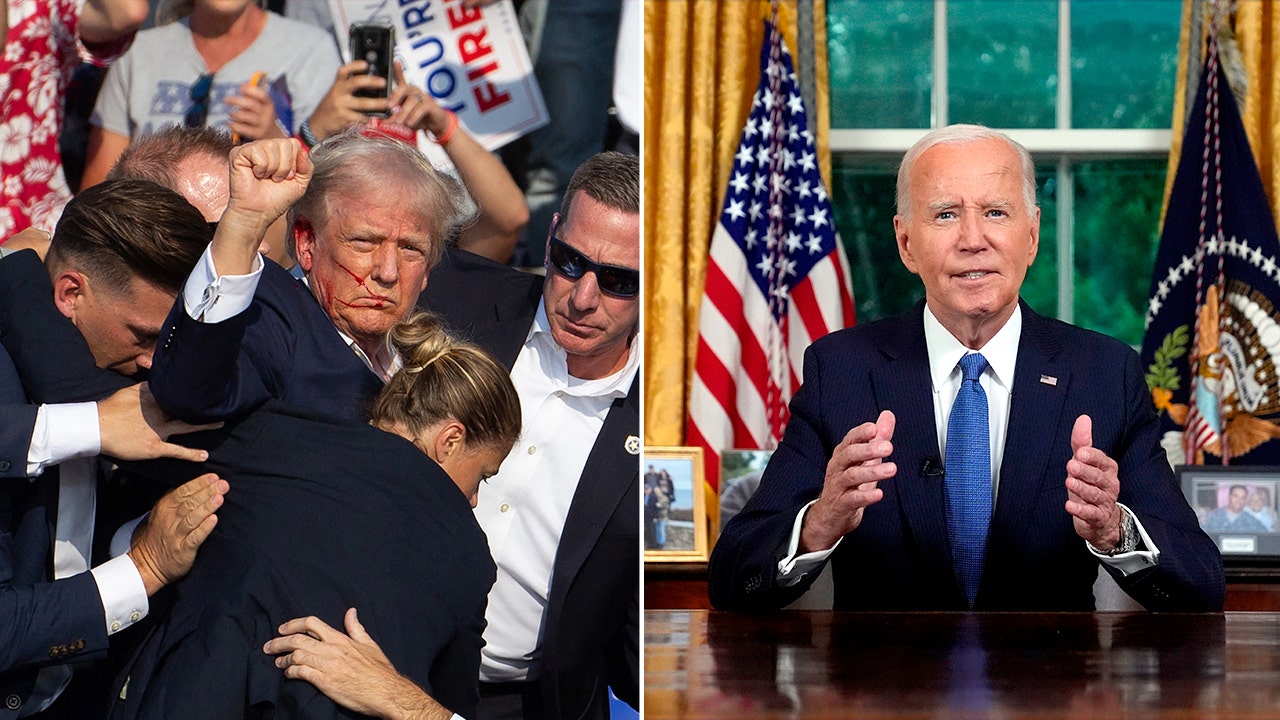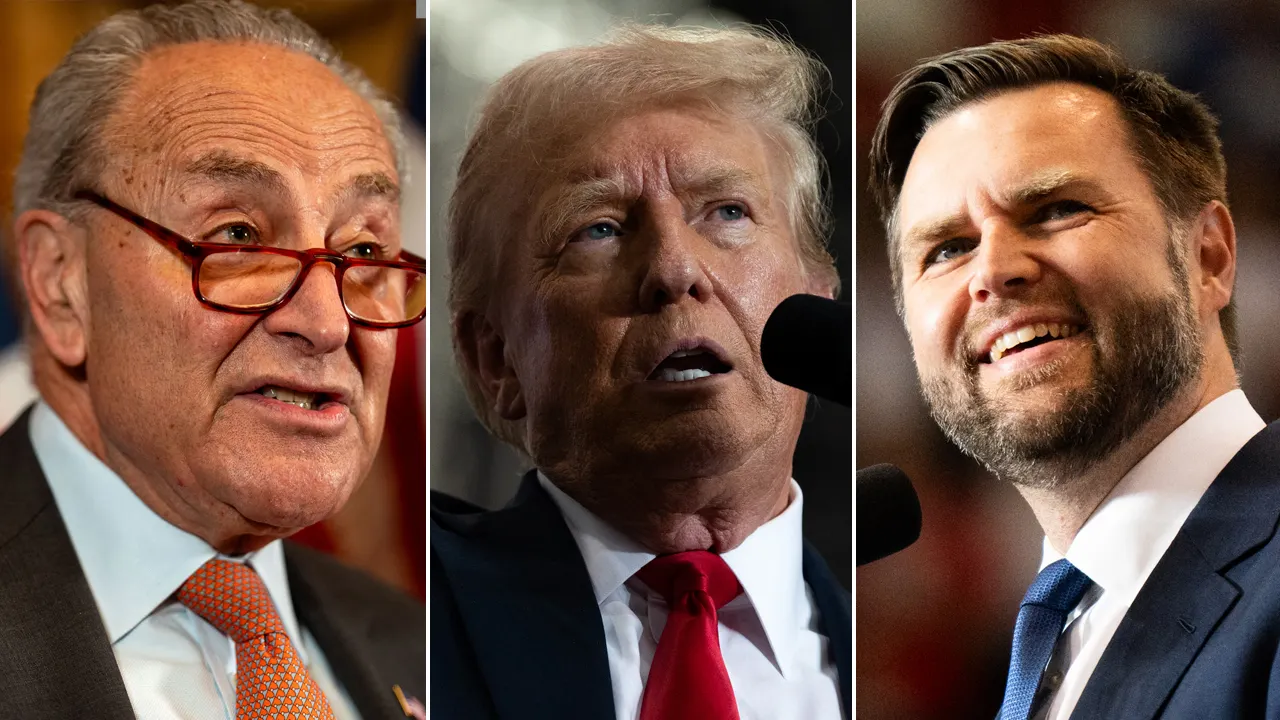China’s export growth missed expectations last month in dollar terms, in what analysts said was a signal to policymakers that their heavy dependence on trade to overcome a weak domestic economy may be facing growing risks.
In contrast to exports, imports rose sharply, reversing previous falls as industry procured machinery and capital goods to sustain rising investment.
Exports rose 7 per cent year on year in dollar terms in July, according to official data released by China’s General Administration of Customs on Wednesday, lower than an 8.6 per cent rise in June. A Reuters poll of analysts had forecast growth of 9.7 per cent.
Imports rose 7.2 per cent, far outpacing the 3.5 per cent growth predicted by the Reuters poll and up from a decline of 2.3 per cent year on year in June.
“[Chinese policymakers] will probably look at this and think the export engine is probably going to slow down sooner than they thought,” said Louise Loo, lead economist at Oxford Economics.
China’s economy has depended on trade and industrial output to offset a prolonged real estate downturn and souring local government finances, which have knocked consumer confidence and household spending.
Investor confidence has also been hit by government crackdowns and Beijing’s insistence on providing only an incremental stimulus, rather than a big bang, to reach its official economic growth target of 5 per cent.
President Xi Jinping has set out a vision of lifting productivity through investment in advanced technology, manufacturing and innovation, with state banks pumping lending into industry rather than stimulating domestic demand.
This has led to disinflationary pressures in the economy, with lower prices supercharging the competitiveness of China’s exports at a time when developed markets are wrestling with higher inflation.
Loo said Chinese industry had probably front-loaded exports in the first part of the year in anticipation of possible tariffs and uncertainty about the US presidential election, as well as weaker external demand as the American economy softens.
“The problem is that the external demand story has never been, in our view, a permanent driver, it was always going to fade,” she said. “It’s just about timing the end of that boom.”
Heron Lim, an economist with Moody’s Analytics, said July’s weaker than expected export figure could be partly down to rising trade protectionism hitting Chinese products, including automobiles.
This was happening not only in developed markets such as the US and the EU, which have increased tariffs on electric vehicles, but also across different products and developing countries.
“We are definitely expecting more to come in terms of stimulus,” he said, pointing to expectations of monetary easing and other measures in the second half of the year.
However, Lynn Song, chief economist for greater China at ING, noted that exports increased in volume terms, particularly in areas such as automobiles, while prices were lower.
“I think the disappointing export data is actually more tied to price competition,” he said, adding that some areas showed stronger activity, such as household electronics and semiconductor exports.
“It’s not a broad-based, big external demand slowdown,” he said, adding “export value has slumped and that’s probably dragging on the numbers a bit.”
Song also pointed out that imports were being driven by demand for auto parts from electric vehicle industries, as well as by China’s drives to upgrade industry and achieve technological self-sufficiency.
“There’s quite a lot of demand for high tech imports, semiconductors as well as automatic data processing equipment,” he said.
“I think one mistake would be to attribute [the import rebound] to a really strong recovery of household demand, because you can see that overall other imports are still quite weak.”





























